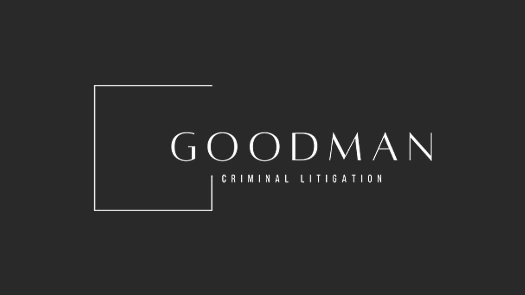As a criminal suspect or arrestee, one of the most dangerous things that can happen is a positive identification by an eyewitness. But what if you are wrongly identified simply because you look similar to the actual perpetrator? Eyewitness misidentifications can lead to wrongful charges and even convictions.
Prior to the widespread implementation of DNA evidence in criminal cases, mistaken identification by witnesses was highly probable and could condemn a suspect to imprisonment or worse. In addition to other physical evidence, sometimes it came down to the word of a witness or victim that the defendant was the person who committed the crime. Even today, identification by a witness may lead to a suspect’s arrest and formal charges. Eyewitness testimony can be particularly damning in court, where the witness can point out the defendant as the perpetrator.
It is important to remember that eyewitness identification is not always accurate. Humans are subject to various errors, and one’s memory of an event – particularly a traumatic one – can be skewed. This is evident when you consider that as many as three in four cases overturned by DNA testing involved some type of eyewitness error. In one notable case, a man spent 11 years in prison for a rape he did not commit. The victim had mistakenly identified him from a lineup, but DNA evidence later exonerated him. There are many other examples of instances where the mistaken identity has had serious consequences for criminal suspects and defendants.
When Can Misidentification Occur?
There are different scenarios in which eyewitness misidentification may occur. A witness may mistakenly identify a person in:
- Lineups, when a witness is shown a group of individuals, often looking at them from behind glass at a police station;
- Photo arrays, where a witness is shown a group of photos;
- In-court identifications, when a witness is asked to identify a perpetrator in court;
- Voice lineups, where a witness is asked to identify a voice after listening to different voices; and
- Showups, where a witness is shown a single person, often near the scene of the crime.
There are a number of issues that could affect a witness’s ability to accurately identify a suspect, both related to the witness him or herself and also related to law enforcement’s handling of identification procedures. A witness may misidentify a perpetrator out of a lineup or in another scenario if he or she:
- Did not get a good, clear look at the perpetrator during the commission of the crime;
- Was far from the suspect or had poor vision that affected his or her ability to see the suspect;
- Was under the influence of alcohol or drugs at the time of the alleged criminal act; or
- Witnessed a violent crime that caused a considerable amount of emotional trauma.
Research has proven that witnesses may have trouble properly identifying persons of another race, may focus on weapons rather than the face of the perpetrator and may even be influenced by media or other descriptions of a suspect.
Law enforcement may even influence witness identification in a lineup or other scenario, intentionally or unintentionally. If an officer knows which suspect was the one who likely committed the crime, he or she may consciously or unconsciously convey such information to the eyewitness.
Combating Eyewitness Misidentification in California
Under the Sixth Amendment to the U.S. Constitution, you have the right to have your criminal defense lawyer present during pretrial lineups. This can be extremely beneficial to your cause, as your lawyer will be able to explain what is going on and will be able to identify or deter any type of wrongdoing on the part of law enforcement that could affect the outcome of the lineup. Misconduct during a lineup could make the results of said lineup inadmissible in court or could give cause for another, properly conducted lineup.
Significant changes to lineup procedures may also help avoid mistaken identification by eyewitnesses. The National Association of Criminal Defense Lawyers (NACDL), for example, supports changes such as showing an eyewitness suspects one by one instead of in a lineup to reduce the possibility of an eyewitness selecting a person who looks similar to (but is not) the actual perpetrator. NACDL also supports having police officers who do not know the identity of the suspect to conduct such procedures, to prevent intentional or unintentional influence of the witness’s choice.
If you would like to learn more about the influence eyewitness identification may have on a criminal case, call an Orange County criminal defense attorney at The Law Offices of Jacqueline Goodman. We fight for defendants in Southern California to the fullest extent of the law.


